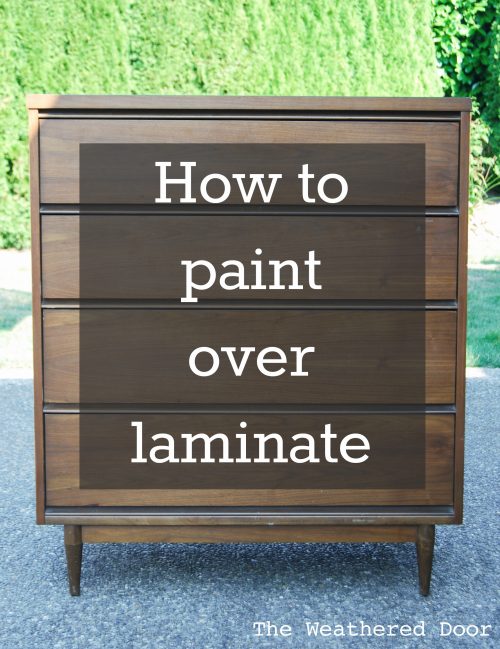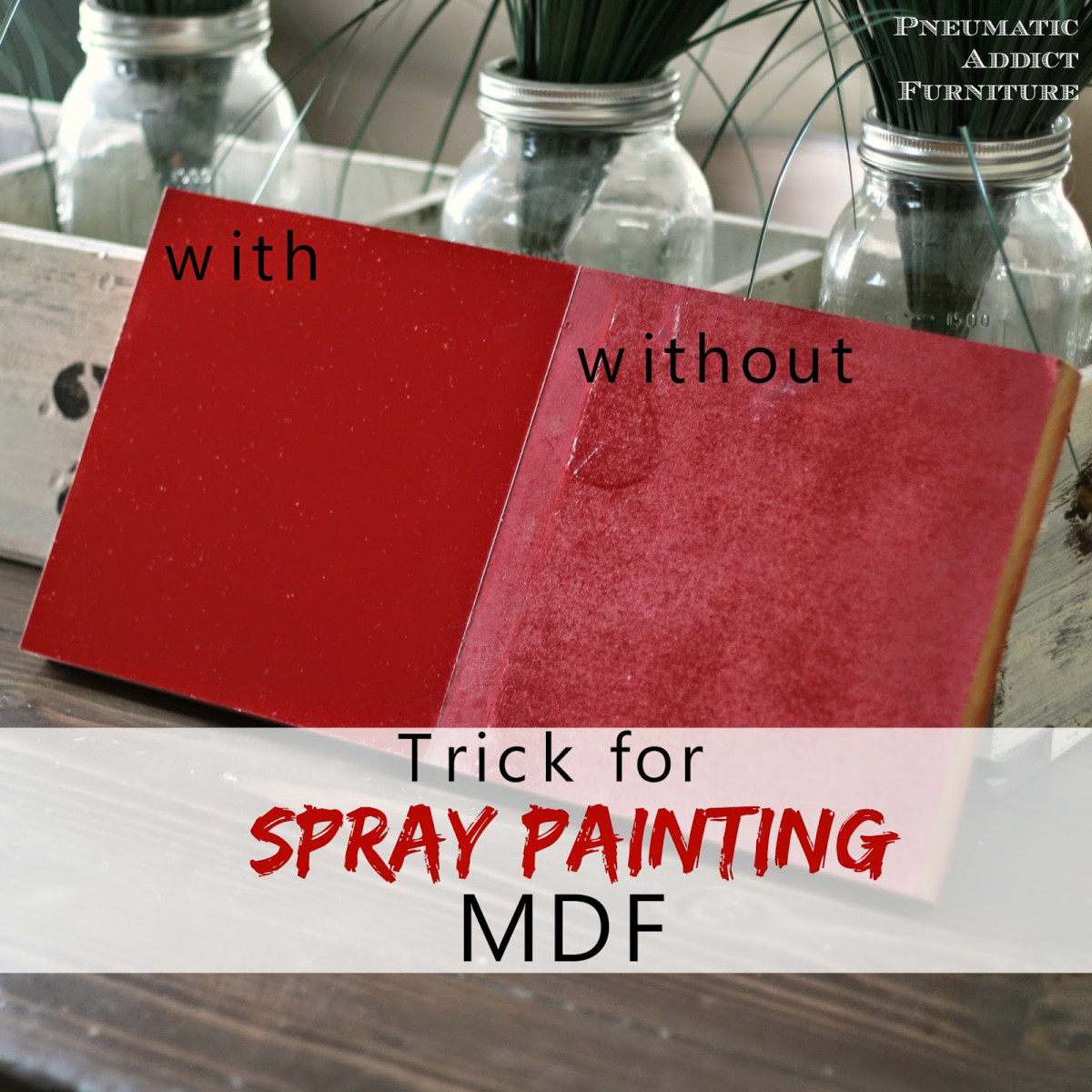Have you ever looked at your particle board furniture and wished it could have a fresh, new look without spending a fortune? You might be wondering if spray paint is the solution you’ve been searching for.
Imagine transforming your furniture with just a simple spray, adding vibrant colors or sleek finishes that breathe new life into your space. But before you grab that spray can, there are a few things you need to know to ensure your DIY project is a success.
This article will guide you through the process, sharing tips and tricks to achieve a stunning, durable finish. Keep reading, because the secret to a beautiful transformation is just a few scrolls away!

Credit: www.youtube.com
Preparing Particle Board Furniture
Preparing particle board furniture for spray painting is crucial to ensure a smooth and durable finish. This task may seem daunting at first, but with a few simple steps, you can transform your furniture into a piece that stands out. Whether you’re giving an old bookshelf a new lease of life or customizing a desk to fit your style, preparation is key.
Cleaning And Dusting
Before you start, it’s essential to clean your furniture thoroughly. Dust and grime can ruin the final look. Use a damp cloth to wipe down all surfaces, paying special attention to corners and edges where dirt tends to accumulate. Have you ever painted over dust? It creates an uneven texture that you definitely want to avoid.
Repairing Damages
Particle board is notorious for being prone to chips and scratches. Inspect your furniture for any damage. Use wood filler to patch up any imperfections. Once the filler dries, sand it down to achieve a smooth surface. This is your chance to make your old furniture look as good as new. What minor fixes can you make that would make a big difference?
Sanding For Smoothness
Sanding is perhaps the most critical step in preparation. A smooth surface ensures the paint adheres properly. Start with medium-grit sandpaper and finish with a fine-grit to achieve the best results. Have you ever felt the difference in painting on a rough versus a smooth surface? It’s like night and day.
Applying A Primer
Priming is essential for particle board. It helps seal the surface and improves paint adhesion. Choose a primer suitable for wood and apply it evenly. Allow it to dry completely before moving on. Skipping this step might lead to peeling or flaking paint, which nobody wants.
Ensuring Adequate Ventilation
Spray painting requires good ventilation. Choose a well-ventilated area, ideally outdoors or in a garage with open doors. Protect surrounding surfaces with drop cloths or newspapers. Have you ever worked in a space with poor ventilation? It can be uncomfortable and even hazardous.
Have you ever thought about how much prep work goes into a successful DIY project? Each step adds value to your final piece, making the effort worthwhile.

Credit: www.theweathereddoor.com
Choosing The Right Spray Paint
Choosing the right spray paint for particle board furniture can be tricky. Particle board is not like wood; it needs special care. The wrong paint can cause damage or peeling. Understanding the right paint ensures a smooth finish and long-lasting effect.
Understanding Paint Types
Not all spray paints are the same. For particle board, choose paint designed for porous surfaces. Acrylic or enamel paints are often good choices. They adhere well and offer durability. Avoid latex paints; they may not stick properly.
Consider The Finish
The finish of the paint affects the final look. Glossy finishes are bright and shiny. Matte finishes offer a softer, more subtle appearance. Semi-gloss paints strike a balance between shine and subtlety. Choose based on your desired look.
Check For Quick Drying
Quick-drying spray paints save time and reduce mess. They allow you to complete projects faster. Look for paints that dry in under an hour. This speeds up the entire process.
Weather Resistance
Consider where the furniture will be used. Outdoor furniture needs weather-resistant paint. Look for paints labeled as “waterproof” or “weatherproof”. These offer protection against rain and sun.
Eco-friendly Options
Some spray paints are eco-friendly. They have fewer chemicals and odors. Look for low-VOC paints to reduce environmental impact. These are safer for indoor use.
Spray Painting Techniques
Spray painting particle board furniture can breathe new life into old pieces. It offers a quick, cost-effective way to refresh your decor. But, using the right techniques ensures a smooth, professional finish. Here, you’ll find simple steps to achieve a flawless look.
Preparing The Surface
The surface must be clean and dry before painting. Dust and dirt can ruin the finish. Use a damp cloth to wipe down the furniture. Let it dry completely. Sand the surface lightly with fine-grit sandpaper. This helps the paint adhere better. Remove any sanding dust with a clean cloth.
Choosing The Right Paint
Select a spray paint designed for wood and particle board. Check the label for compatibility. Opt for a paint with a built-in primer for better coverage. Consider the color and finish, such as matte or glossy.
Applying Thin Coats
Hold the spray can about 10 inches away. Apply the paint in thin, even coats. Move the can in a steady motion. Avoid spraying too much in one spot. This prevents drips and uneven coverage. Allow each coat to dry before applying the next.
Finishing Touches
Inspect the furniture for any missed spots. Touch up any areas as needed. Consider applying a clear sealant for added protection. This adds a layer of durability to your painted piece. Allow the furniture to dry completely before use.

Credit: www.youtube.com
Conclusion
Spray painting particle board furniture offers a budget-friendly update. You can transform your old pieces with a fresh coat of paint. Choose the right primer and paint for best results. Always clean and sand the surface before starting. Use light, even coats to avoid drips.
Allow ample drying time between layers. This DIY project can breathe new life into your furniture. It’s a fun, creative way to personalize your space. With patience and care, you can achieve a smooth, lasting finish. Happy painting!

